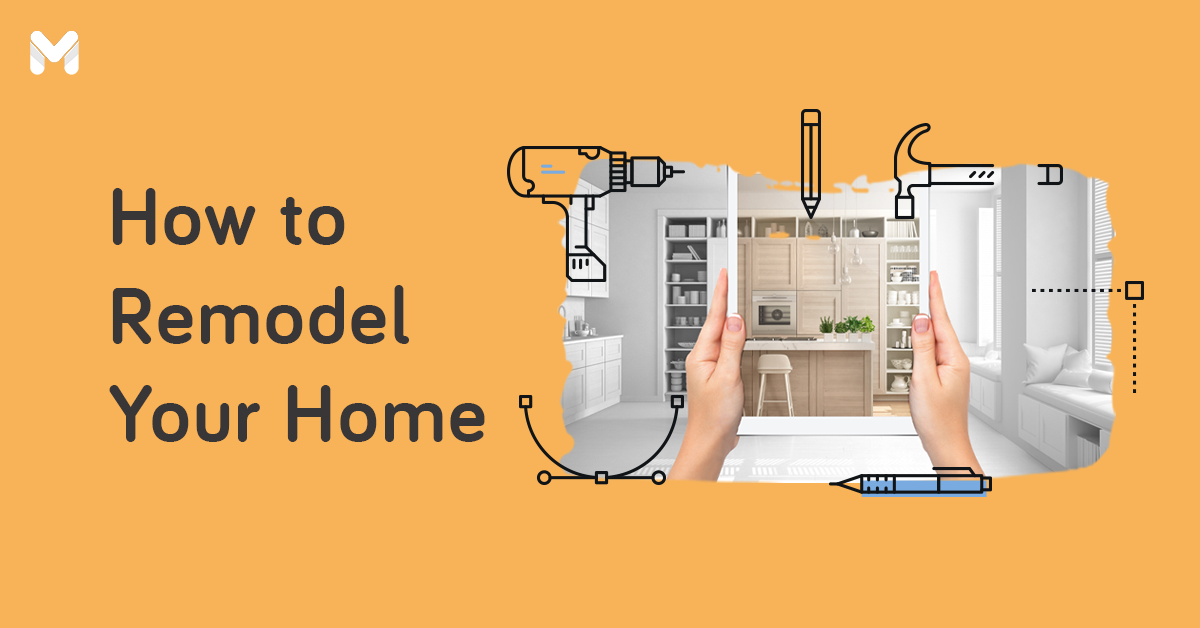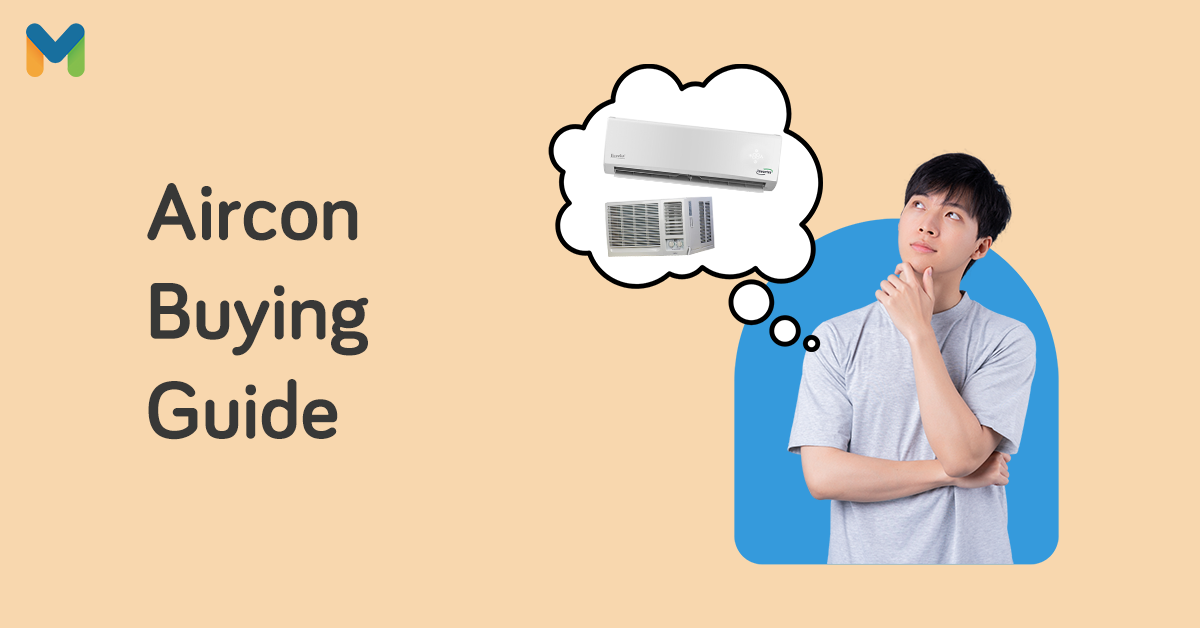The record-breaking summer heat in the Philippines has caused a surge in power demand, which in turn has sent electricity bills soaring to unwanted heights. This spike in electricity costs presents an opportunity to introduce cost-competitive solar power systems into Filipino households.
According to a report by European renewable energy advocacy group Ember Climate, solar comprised only 1.7% of the total energy generated in the Philippines in the first half of 2022, but it accounted for around US$78 million or ₱4.4 billion in savings for fossil fuel costs.[1] That only proves the power of solar energy in helping address the country’s energy woes.
Adopting solar energy on a wider scale can be a game changer in the Philippines. It has proven to be a worthy investment with tons of long-term benefits—among them the potential to spend less on electricity bills. However, before you can unlock this cost efficiency, you must first shell out a huge amount to cover the hardware and installation costs.
If you’re unsure if the cost of a solar system for your home is something you can afford or overlook, then read on to weigh the pros and cons and decide for yourself if the price tag is worth the investment.
Solar Power System: What It is and How It Works

Solar power systems use panels to harness energy from the sun and convert it into power. Solar panels are predominantly made of semiconductor material, such as silicon, which is placed on a metal frame and enclosed in a glass casing.
When exposed to photons, these panels produce an electric charge, creating a direct current (DC). An inverter converts the DC electricity into alternating current (AC), the type of current used in powering everyday electrical equipment and appliances.
How long does a solar power system last? A well-designed solar power system in the Philippines can last at least two decades. It’s a straightforward investment that can yield good returns under the right conditions.
Types of Solar Energy Systems
You can choose from three kinds of energy systems: on-grid, off-grid, and hybrid.
⚡ On-Grid System or Grid-Tie System
This is the most common setup, wherein your system is still tied to the public utility grid as a backup so that when your solar power system can’t produce enough electricity, you still have a source to draw from.
What’s good about this system is that any excess solar energy you’ve harvested can be deducted from your succeeding electricity bills through net metering.[2]
⚡ Off-Grid System or Standalone Power System
This system is not connected to the electricity grid, so it requires a battery and a bigger photovoltaic system that can charge the battery. This is more popular in provinces where the electricity supply may be intermittent.
The advantage of having an off-grid system is that you can draw from your energy supply regardless of the weather.
⚡ Hybrid System
Hybrid systems combine the best of both worlds. For instance, solar energy generated during the day can be stored and used at night. Since the system is still connected to the power grid, when the stored solar energy is depleted, the grid can still be accessed as a backup.
The advantage of a hybrid system over an on-grid system is that the former can generate electricity during a blackout. This is because a hybrid solar system has battery storage that can automatically isolate itself from the public utility grid. This means that safety won’t be an issue for a hybrid system during a blackout as it has its own resource to draw from.
Pros and Cons of Powering Your Home with Solar Energy
Still not sure if a solar-powered home is for you? Check out the following benefits and drawbacks of equipping your house with a solar power system.
👍 Pro: Long-Term Cost-Efficient Electricity Rates
-Apr-24-2023-07-08-40-0997-AM.png?width=674&height=449&name=Pics%20for%20blog%20-%20600x400%20(1)-Apr-24-2023-07-08-40-0997-AM.png)
Solar electric systems, by definition, generate their own power. Once solar panels are installed on your roof, you can expect a reduction in your monthly bills. It may not happen overnight, but you’ll surely see a difference.
If you have a high utility bill, switch to solar energy to yield greater savings. The cost of solar for homes may be steep upfront, but you’ll get your money’s worth in the end.
👍 Pro: Zero to Minimal Maintenance
The cost of solar panels in the Philippines is justifiable if you look at the overall benefits—one of which is that maintenance costs are practically non-existent. Apart from the occasional check-ups, you’re all set. There’s no other hidden expense.
A well-designed solar power system can last you years, if not decades, without any additional costs, as long as you take good care of it.
👍 Pro: Steady Supply of Sunlight
There’s an abundant and endless supply of solar energy in the Philippines, so it’s practical and ideal to get your house solar-powered. If you happen to be remodeling your home, get it redesigned in a way that lets in more natural light, especially in areas where you plan to harvest solar energy.
👍 Pro: Sustainability and Carbon Emission Reduction
By steering clear of fossil fuels, solar homes in the Philippines contribute to powering the world sustainably. Since solar is one of the cleanest energy sources with low environmental impact, it will help you reduce your carbon emissions and leave a positive impact on the environment.
The threat of climate change looms over the world more menacingly now than ever before. Switching to solar is a good first step to helping Mother Nature heal. There are, of course, other ways to be a more environmentally conscious homeowner, like having a tiny house in the Philippines—which, by design, can promote sustainable living.
It’s all about looking for small and big ways to reduce your carbon footprint.
👍 Pro: Energy Independence and Security
Consumer electricity spending continues to go up as the country goes deeper into the summer months. With more households using large appliances non-stop (e.g., air conditioners, freezers, refrigerators, etc.), the whole population becomes more susceptible to power shortages and higher electricity costs.
By using solar panels in the Philippines, you can help reduce the burden on the power grid. Solar energy is an abundant and infinite resource, so harnessing it can promote energy independence and security.
🏡 Give Your Home a Makeover With UnionBank Personal Loan!
Need extra funds for your home improvement? You don't have to delay it if you're short on cash. Get a loan from UnionBank via Moneymax! Enjoy a fast application and approval process, plus instant loan disbursement! Borrow up to ₱2 million and have your loan disbursed in as fast as 24 hours!
👎 Con: Reliance on Sunlight Supply
The fact that solar power systems run on solar energy is both a blessing and a curse. There’s a generous supply of sunlight in the Philippines—which means you’re bound to get your money’s worth as long as the sun keeps shining.
Nonetheless, there’s a limit to how much solar energy you can harvest. A solar panel system relies heavily on sunlight to produce energy, so your solar panels are practically useless at night and on overcast days.
👎 Con: Use of Rare Materials
In general, the clean and renewable energy industry extensively uses rare earth materials, which are difficult to mine, separate, and refine. While solar photovoltaic (PV) technologies are not as reliant on rare earth metals as wind energy is, there are still supply problems that the industry must address.
Solar cells use minor metals or rare metals like indium and tellurium, which are the by-products of refining base metals like nickel, zinc, and copper. Because they are just by-products, these metals are produced in smaller quantities, which means there’s inevitably an imbalance between supply and demand.
Solar technology developers are testing out alternative PV materials and exploring new solutions to improve solar cell efficiencies. Scientists are looking into to space mining address the scarcity of rare metals and make the solar energy industry truly sustainable from end to end.
👎 Con: High Costs of Hardware and Installation
The high cost of solar systems for homes is by far the biggest deterrent that keeps homeowners from going solar. Solar power systems are notorious for being expensive—the costs of raw materials like silicon for solar panels and lithium for solar batteries drive up the price.
Professional installation fees and other soft costs also contribute to the hefty price tag. Still, those expenses are necessary to ensure the efficiency and durability of your solar power system.
The Cost of Installing a Home Solar Power System
-Apr-24-2023-07-13-27-2458-AM.png?width=674&height=449&name=Pics%20for%20blog%20-%20600x400%20(2)-Apr-24-2023-07-13-27-2458-AM.png)
Amid the current inflation crisis in the country, people are reluctant to spend their hard-earned money, unless it’s for a necessary investment that translates to greater cost savings and other long-term benefits.
With the advantages of going solar clearly outweighing the disadvantages, many homeowners are more than happy to make the switch. They’re just looking for ways to overcome the biggest barrier to entry—the cost.
How much is a solar panel in the Philippines? Can you afford it? Are the returns worth the investment?
The price of a solar power system varies depending on several factors, like your roof type (e.g., metal vs. tiled vs. wooden), the location where the solar panels will be installed (e.g., ground vs. roof), and other considerations like structural capacity, shape, tilt, and mounting system.
Typically, when you purchase a solar power system, the cost already covers the product design, supply, installation, and maintenance. On average, you can expect to spend at least ₱200,000 upfront—i.e., ₱100,000 for the solar panels, ₱50,000 for the installation, and the remaining ₱50,000 for the net metering application with your distribution utility (e.g., Meralco).
According to Carlo Paolo Octavo of UpGreen Solar Power Installations, the installation costs of solar power systems may range from ₱50,000 to ₱90,000 per kilowatt-peak (kWp).
“A good 3kWp grid-tie solar system usually costs around ₱160,000 to ₱180,000 while a 5kWp grid-tie system costs around ₱240,000 to ₱280,000,” he added.[3] It’s safest to prepare around ₱100,000 per 1kWp.
Here’s a price estimate per kWp, according to other sources:
| Kilowatt-Peak | Price | Ideal for |
| 1-2 kWp (~5 solar panels) | ₱90,000 to ₱200,000 | Households with just an average daytime use of appliances (which may include up to two refrigerators and an airconditioning system) |
| 4-5 kWp (~10 solar panels) | ₱250,000 to ₱500,000 | Households with heavy daytime use of appliances (which may include multiple refrigerators, air conditioning systems, washing machines, vacuums, etc.) |
| 8-10 kWp (~30 solar panels) | ₱500,000 to ₱850,000 | Households with heavy daytime use of multiple appliances (which may include refrigerators, air conditioning systems, washing machines, vacuums, lights, televisions, laptops, pool pumps, etc.) |
Is Getting Solar Panels a Good Long-Term Investment?
Now that you know the cost of a home solar system, the next important thing to find out is the ROI and whether or not it's worth your hard-earned money.
Typically, if yours is a regular household with average daytime consumption, you can reach the breakeven point within three to five years. It may take a little longer if you have a heightened nighttime consumption.
Around the fifth year of using solar energy, you might start getting a return on your investment to offset the cost of a solar system for your home. A well-designed solar power system can last at least 25 more years, so you’ll reap a lot of rewards by playing the long game.
Your monthly savings can also increase as the rate per kWh of electricity continues to rise.
How to Get the Right Solar Power System: 3 Things to Consider
-Apr-24-2023-07-16-24-5562-AM.png?width=674&height=449&name=Pics%20for%20blog%20-%20600x400%20(3)-Apr-24-2023-07-16-24-5562-AM.png)
Ready to make the purchase? Make sure you’ve got everything covered. Assess all your options and know where to buy solar panels in the Philippines. Also, keep in mind all other factors that can affect your purchase.
Below are some of the things you should consider to get the right solar power system that fits your needs and your budget.
☀️ Check Your Roof's Structural Integrity
As part of the process of solar panel installation in the Philippines, experts will assess the structural integrity of your roofing or support structure. They will consider what type of roof you have, how durable or sturdy it is, and whether it’s strong enough to support your solar panels.
If you need to fortify your roofing to accommodate a solar power system, make sure to allot a specific budget for it—or add it to your total house renovation cost if you’re refurbishing your house.
☀️ Assess Your Sunlight Exposure
Solar panel prices in the Philippines can get really expensive, so make sure to get your money’s worth. Ensure that the location wherein you plan to install your solar panels is exposed to good sunlight. There should be no structures or objects nearby to obstruct sunlight.
Also, check the amount of sun you get in your area. Is the roof optimally oriented or tilted towards the sun? Or is there a problem with the direction the slope is facing?
Sort out these issues first before finalizing your purchase.
☀️ Compare All Your Options
Don’t settle for the first option you see. There are plenty of cheap solar panels in the Philippines, but not all of them are legit. Do your due diligence to ensure that you’re transacting with a trustworthy vendor that offers reliable products. Go the extra mile to make assessments if you have to—being a careless buyer will just cost you a fortune.
Get a quote from at least five contractors to scope out your options. Also, double-check the contractors’ certifications to verify their legitimacy. Look for customer reviews online to learn about other customers’ experiences.
The best scenario is if you know someone who has successfully transacted with a contractor and can vouch for their legitimacy and competence.
Final Thoughts
The cost of a solar system for a home may be high at the outset, but if you can afford the initial expense, it’s a sound investment that offers long-term savings.
Apart from being cost-effective, solar power systems are also a cleaner alternative to fossil fuels. You’ll be doing a favor to not only your wallet but also the environment.
Sources:
- [1] Solar Generation Helped Avoid Billions in Costs in Seven Asian Countries (Ember, 2022)
- [2] Switch to Sustainable Energy with Meralco Solar and Net Metering (Meralco)
- [3] How Long Before You See an ROI on Solar Panels? (Real Living, 2022)







_1200x350_CTA.png?width=734&height=214&name=UB_PL_Generic_Ad_-_Home_Improvement_(Sep_2023)_1200x350_CTA.png)
_1200x350_CTA.png?width=1200&height=350&name=UB_PL_Generic_Ad_-_Home_Improvement_(Sep_2023)_1200x350_CTA.png)



